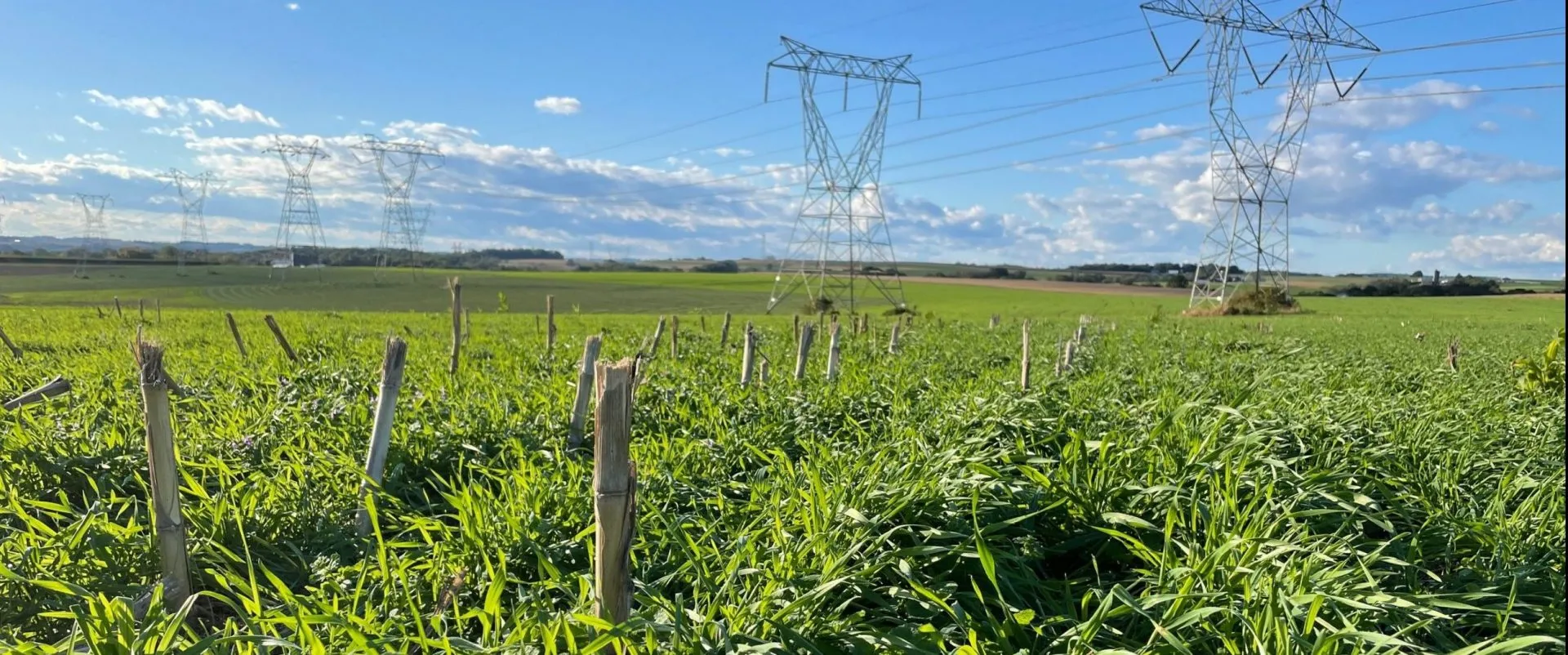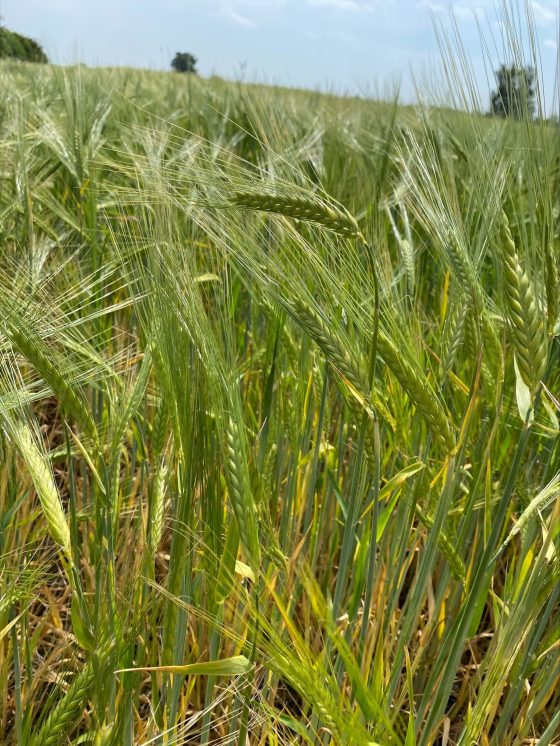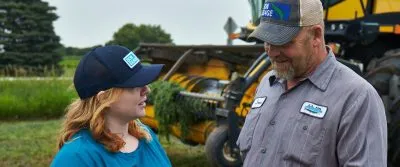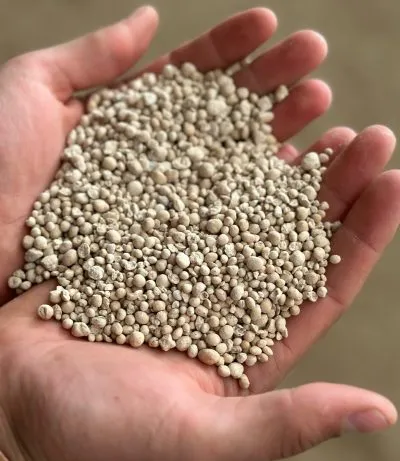Cover Crops after Corn Silage
What will happen to your field after corn silage? This questions gets answered in the following article about using cover crops after corn silage.

After Corn Harvest
When corn silage is harvested it leaves behind little residue to protect the soil from erosion. Furthermore, the field will sit vacant until spring planting. Cover crops allow us to conserve and improve soil quality in corn silage fields.
Why use cover crops?
- Better soil health
- Prevent erosion
- Conserve moisture
- Nutrient recycling
- Add organic matter
- Reduce nitrate leaching and phosphorus loss
- Weed prevention
- Alleviate soil compaction from the previous plant/harvest
- Supportive of no-till operations
- An area for manure application
- Application to a growing crop means reduced tillage
- Use as a backup forage
- In case there is a weather event, i.e. a drought, and there is a shortage of forage for diets
What types of crops can be used for covered crops?
- Will vary depending on your area but species include:
- Cereal Rye
- Triticale
- Winter wheat
- Barley
- Oats

What are some things to consider when choosing what to plant?
- Location
- What type of weather and growing conditions are there?
- Rotation schedule
- When can you get the seed in the ground?
- When can you harvest the plant in the spring?
- Storage
- Is there room to store as silage in the spring?
- Equipment
- Is the right equipment available for harvest?
- Ration
- What will this crop type nutritionally bring to my ration?
**The University of Wisconsin-Madison Extension published a survey type study with thoughts and concerns with cover cropping from farmers and consultants in 2019.
Click here to get more information: Cover-Crops-Summary-.pdf (wisc.edu).


